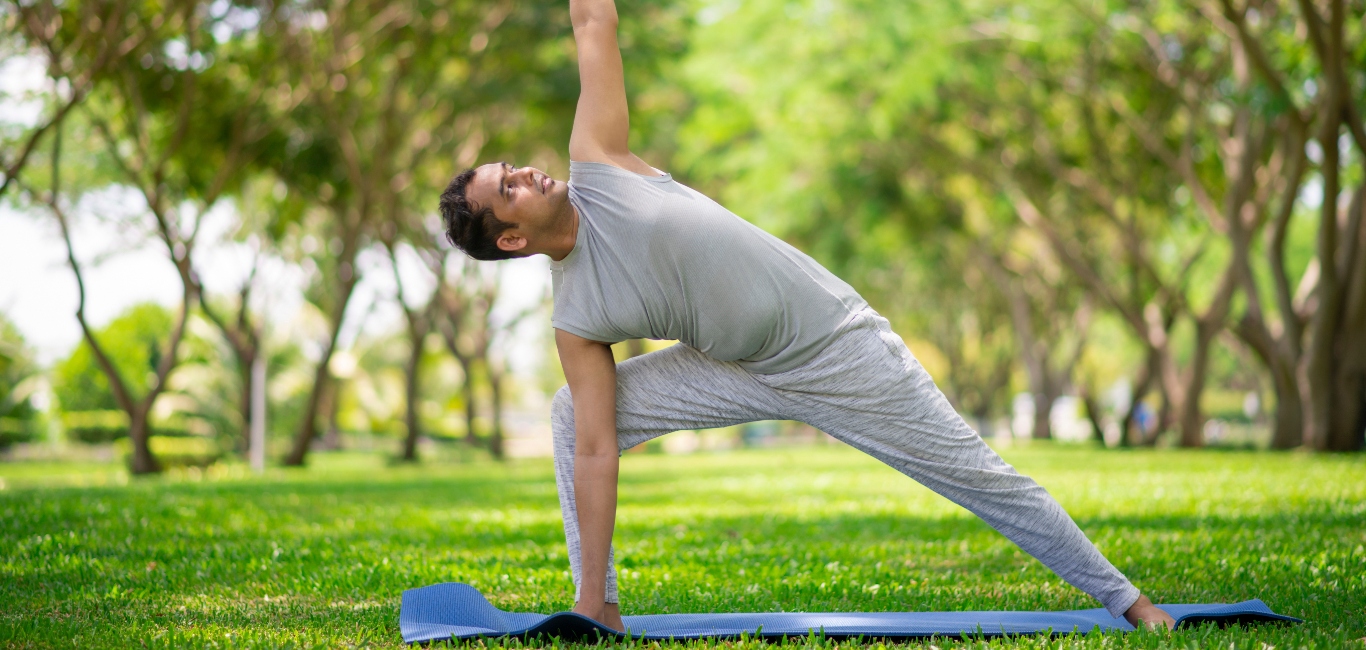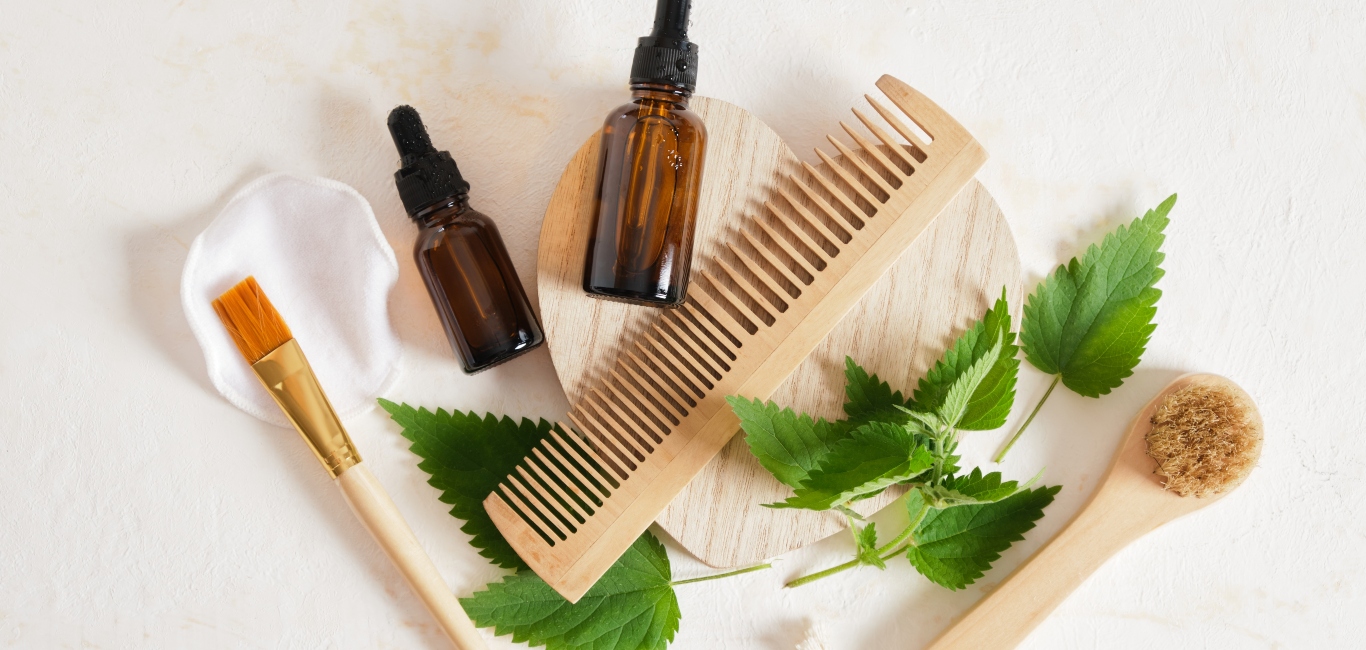
Hypothyroidism is a condition that manifests when our thyroid gland produces insufficient amounts of thyroid hormone.
This deficiency primarily affects the production of hormones which are essential for our body’s optimum functions and overall health. (T4 is thyroxine and T3 is the short form of triiodothyronine.)
The thyroid gland helps to regulate body metabolism, which includes expending the calories consumed as food and producing energy.
“The exact cause of hypothyroidism remains uncertain, though it may result from factors such as stress, environmental influences, genetics, ageing, lack of exercise, unhealthy food habits, medicine taken during pregnancy and autoimmunity, such as Hashimoto’s condition,” says Dr Trupti Shah, naturopathy consultant at Shape N Soul Yoga Naturopathy Centre, West Mumbai.
Sreeja Binu, 38, a school teacher from Kerala, shares her experience with Happiest Health. In 2022, over a few months, she started noticing certain physical changes in herself. “My clothes started getting tighter, my face appeared swollen, and I felt constantly drained and unproductive. My self-confidence was also getting snuffed out,” says Binu.
Every morning was daunting, and even the simplest tasks exhausted her. Initially, she read online articles on boosting productivity and energy, but none of those techniques worked.
When her condition did not improve with time but deteriorated, Binu realised that she needed to consult a doctor. In August 2022, after a routine check-up and tests, she was diagnosed with hypothyroidism.
Warning signs
“Nowadays, teenagers are most affected by hypothyroidism. Most cases are being undiagnosed because of a lack of awareness,” says Dr Jyothirbindu Pamisetty, yoga and naturopathy physician, Spandana Hospital, Dharmavaram, Andhra Pradesh.
There are many potential physical and mental health symptoms of hypothyroidism. “At clinics, the most common concerns are sudden weight gain, menstrual irregularities and PCOD [polycystic ovaries disorder.] A significant reduction in thyroid levels can interfere with hormone regulation and slow the person’s metabolism by up to 40 per cent,” adds Dr Pamisetty.
Some common symptoms of hypothyroidism are:
- Excessive fatigue
- Hair loss
- Brittle hair and nails
- Weight gain
- Poor concentration
- Sluggishness, mental “fog” and depression
Hypothyroidism is ten times more likely to affect women than men, says a study.
Also, read – Understanding the thyroid gland
Hormone replacement therapy
Thyroid hormone replacement therapy or HRT is one of the primary methods of managing hypothyroidism. Endocrinologists usually prescribe T4 or thyroxine hormone in pill form.
HRT provides the body with the required level of hormones that the body cannot produce on its own.
However, in Binu’s situation, she wanted to supplement HRT with naturopathy and consulted a practitioner,.
Natural ways
For managing thyroid gland imbalances, naturopaths focus on dietary adjustments, yoga, hydrotherapy, acupuncture and basic lifestyle modifications, says Dr Pamisetty. Combining HRT with naturopathic ways can be effective to manage hypothyroidism, she says.
Dr Shah explains that neck massage, mud therapy on the neck, warm compress, spine bath and sunbath are other naturopathic therapies for hypothyroidism, adding that it depends on the condition of the person.
Binu, who went in for naturopathy while taking oral thyroxin pills, gradually reduced the dosage of her oral medication and now manages her thyroid condition with naturopathy alone. She says it took her about six months to give up the oral pill.
Diet and goitrogens
In a study, a low-carbohydrate diet eliminating goitrogens reduced both thyroid antibodies and weight gain in those with hypothyroidism.
Goitrogens are substances in our food which disrupt the production of thyroid hormone. Foods like soy products, broccoli, cauliflower, cabbage, peaches, and plums are known to have goitrogens and should be avoided by those fighting hypothyroidism.
“Consuming a well-balanced diet that provides all the necessary nutrients and vitamins is essential,” says Dr Pamissetty.
She recommends three types of diet therapy for hypothyroidism. A fruit diet where one should eat a variety of fruits three times a day. Next is raw diet of fruits and vegetables, which is eaten twice a day.
The cooked diet, which forms the third type, should consist of chapati (flat wheat bread) and vegetable curry with no salt.
One should also have iodine-rich foods such as seaweed, fish, dairy and eggs to compensate for the absence of salt in their foods.
Foods to avoid
Experts recommend that people who have hypothyroidism should avoid eating highly processed and fried foods that contain unsaturated fats. They should also avoid soya and coffee which may interact with hormone medications.
Gluten-containing foods such as bread, pasta, noodles, wheat, rye, seasonings and spice mixes that contain wheat and barley should be taken in small amounts as they can trigger autoimmune attacks on the thyroid gland.
Hot and cold treatments
Naturopaths also recommend hot and cold compress. The naturopath places hot and cold towels on the neck and throat region at different times to stimulate the thyroid gland. After a few sessions, one can do this at home.
For every three minutes of hot compress there should be one minute of cold compress. Repeat this three times to complete one set. One should do two to three sets daily.
Yoga, pranayama also help
Asanas that compress and stretch the throat area are beneficial to the thyroid.
One can practise yoga and pranayama exercises for a total of 20-40 minutes. Here are some yoga asanas that expert recommend for hypothyroidism:
- Trikonasana or triangle pose
- Adho mukha veerasana or downward-facing hero pose
- Bhujangasana or cobra pose
- Paschimottanasana or seated forward bend
- Gomukhasana or cow face pose
- Simhasana or lion pose
- Matsyasana or fish pose
- Savasana or corpse pose
Pranayama experts suggest anuloma-viloma pranayama, also called alternate nostril breathing, suryabhedi pranayama or right nostril breathing, bhramari pranayama or humming bee breath, ujjayi pranayama or victorious breath and bhastrika pranayama or bellows breath.
Also, read – Yoga and pranayama exercises for thyroid.

















